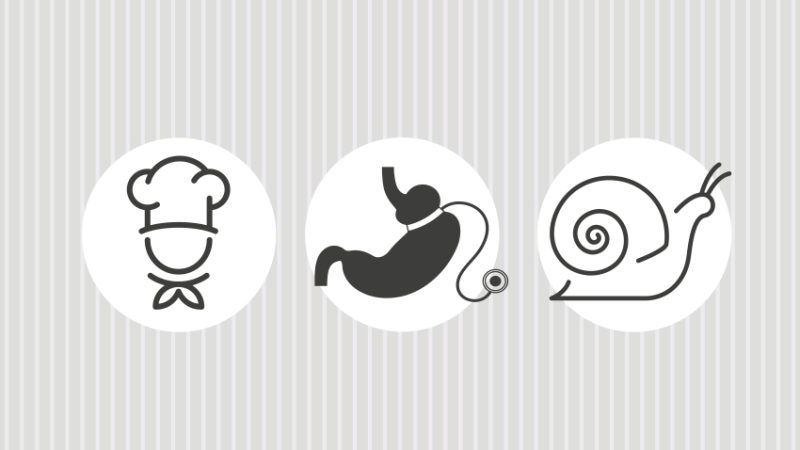Does neurolinguistic programming have a place in the classroom?

Judy Bartkowiak explains what teachers and students alike can gain from incorporating techniques derived from NLP and Emotional Freedom Technique into their daily school routines…

Judy Bartkowiak is an NLP trainer, coach and practitioner who specialises in working with children.
In her recently published book, Understanding Children and Teens (Free Association Publishing, £11.99), she sets herself the task of showing as clearly as possible how Neuro Linguistic Programming, Emotional Freedom Technique, mindfulness and art therapy can be used to assist children and teens via a series of introductory overviews, examples and practical exercises.
Readers can find advice on a range of areas, from helping classes to focus, to assisting students with managing distress and anger. The techniques and methods it outlines may be quite different to the traditional approaches to behaviour teachers will be more familiar with, but those with an interest in the area and an open mind may well find it to be a highly approachable and informative introduction to this relatively nascent field.
What did you set out to do with writing the book? My aim was to present a full course on using NLP and EFT with children and teens in book form, and began working on it in January this year. From March onwards, however, I started hearing from many parents, asking what they should do about their kids who were ‘going crazy’ and it soon became clear that the book ought to be aimed at parents and teachers too.
How do the strategies you describe differ from traditional approaches to behaviour? When confronted with difficult actions and behaviours from children and teenagers, the standard response from parents and teachers will be to ask ‘Why did you do that?’ But often those behaviours will emerge from the subconscious, in response to specific triggers – ‘This person doesn’t like me, I’m unlikeable.’ Nothing will really change until those core beliefs are located. NLP is all about identifying connections between how we think and how we feel, and how our deeply-rooted beliefs and experiences shape who we are.
How practical are these strategies in a school context? One quick and effective strategy is Emotional Freedom Technique, also known as tapping. This involves tapping with our fingers on the acupressure points along the meridian lines that connect the organs in our body. When students arrive in the morning or return from break, getting them silent tapping can reduce their cortisol levels and increase their oxytocin and endorphins, calming them down and helping them tune in into their best learning state.
Teenagers are beginning to question what their studying is for, which you can understand considering how exams have been cancelled, companies are going bust and the jobs situation is so bleak – and yet it’s also chance for us to rethink our environment, how we work, who we are and how we connect. Teachers currently have an opportunity to teach their students some valuable tools and techniques that can support them during this very difficult time.
Readers can download a PowerPoint presentation and view a video introduction to using EFT in schools from here.












